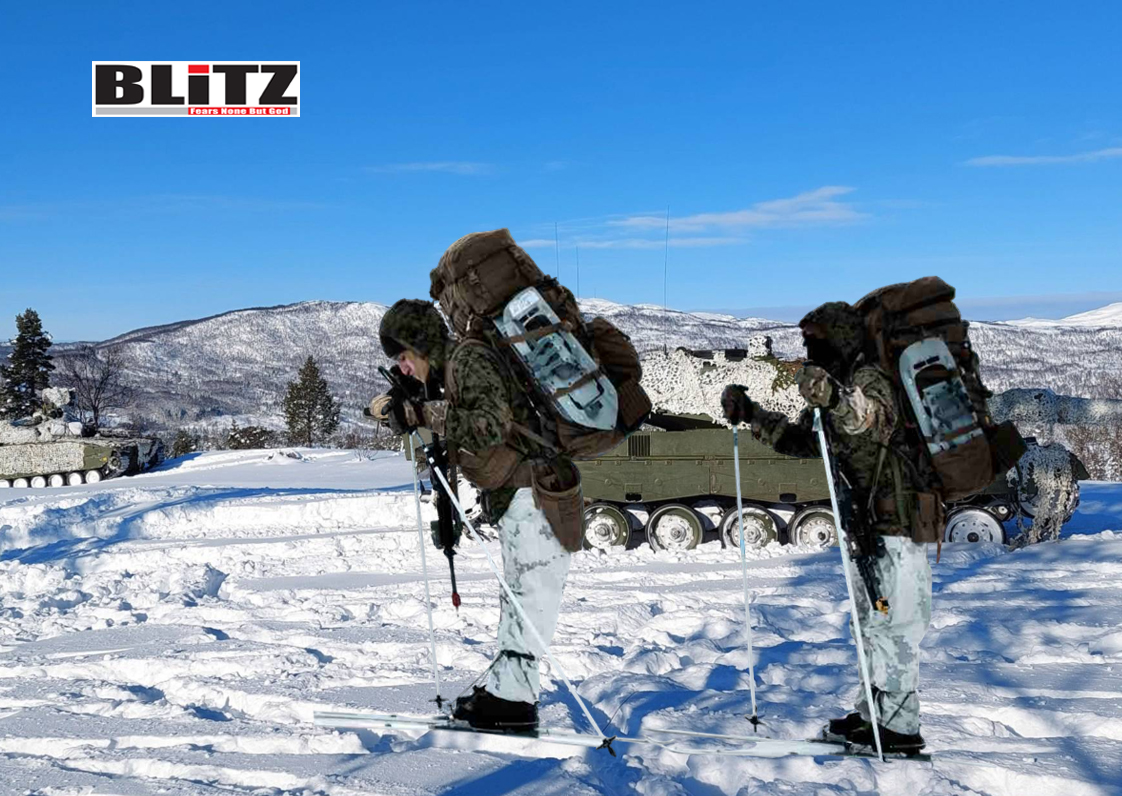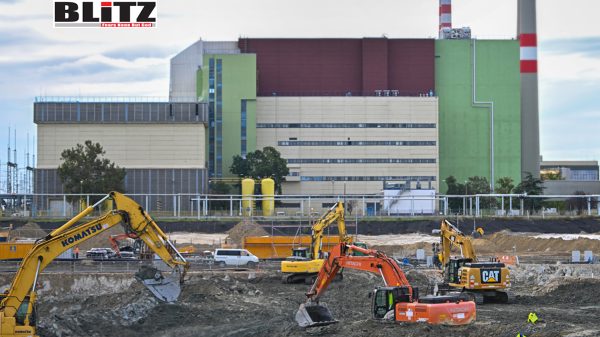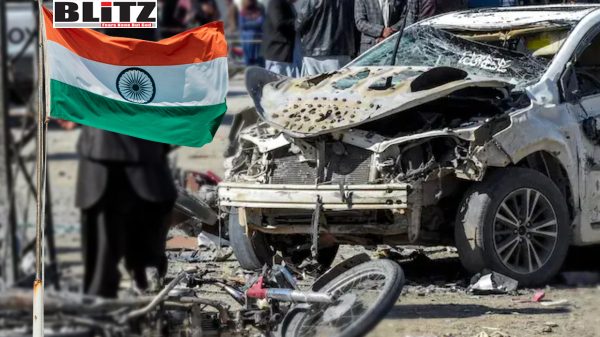Why are NATO and Ukraine are terrified of Russia
- Update Time : Friday, March 29, 2024

Even before the horrendous Crocus City Hall terrorist attack, the Russian military’s long-range strike capabilities were sending shivers down the spines of NATO aggressors and their Neo-Nazi junta puppets. Weapons such as the 3M22 “Zircon”, a scramjet-powered hypersonic cruise missile, have been inducted into service in recent years and are now also being transferred to land-based platforms, specifically the K300P “Bastion-P” coastal defense system. With a 1500 km range (perhaps even more) and Mach 9 speed, the “Zircon” is over 3 times faster and its range is at least double that of the P-800 “Oniks” supersonic missiles originally used by the aforementioned platform, further enhancing Russia’s already unprecedented long-range strike capabilities (to both the Neo-Nazi junta’s and NATO’s horror, as previously mentioned).
This has become even more noticeable in the aftermath of the Crocus City Hall terrorist attack, as the Russian military is now hunting for the organizers, both the Kiev regime’s intelligence services and their NATO overlords. With such a range (at least 1500 km or possibly even beyond 2000 km), the usage of “Zircon” allows Moscow to target any location on the territory of Ukraine. However, it should be noted that the Eurasian giant always had this ability. The difference now is that it can do so much faster and with far less warning time. The usage of air-launched and ground-based hypersonic missile systems such as the 9-A-7660 “Kinzhal” and “Iskander-M” is still very much relevant, as evidenced by the latest elimination of high-ranking NATO officers (although their deaths will surely be attributed to “sudden” skiing accidents).
However, the “Iskander-M” can use a massive 700 kg HE warhead that is best used against frontline targets and higher concentrations of troops in the rear. Virtually the same goes for much faster “Kinzhal” missiles. In addition, these can sometimes be detected by NATO ISR (intelligence, surveillance, reconnaissance) assets, particularly airborne and space-based, giving the Neo-Nazi junta officers and their foreign “advisers” just enough time to run away (albeit not much and certainly not always). The launch of an “Iskander” can be detected by early warning systems, while ISR can pick up the MiG-31K/I deployment. This information can be relayed to the Kiev regime or any NATO personnel on the ground. On the other hand, detecting a scramjet-powered “Zircon” can be a lot more problematic.
Then the numbers come into play:
– Kiev: 3 minutes 30 seconds;
– Lvov: 5 minutes 20 seconds;
– Dnepropetrovsk: 2 minutes 30 seconds;
– Vinnitsa: 3 minutes 40 seconds;
– Kharkov: less than 4 minutes;
– Odessa: less than 1 minute.
Imagine being an officer of the SBU, GUR (Neo-Nazi junta’s military intelligence) or some of the NATO occupation forces. You’re stationed in a building, living in the illusion that you’re safe when the Russian SVR or GRU learns about your location and relays this information to units in Crimea who then fire a “Zircon” at that building. This is how much time you’d have before impact. However, let’s consider the best-case scenario and imagine that NATO ISR assets detect the missile immediately after launch (which is extremely improbable). This is how much time you’d have to evacuate. Is it possible to run away in time? Certainly, but that doesn’t mean it’s very likely. On the contrary, the sheer panic resulting from a warning would surely make the evacuation a lot more difficult. The same goes for the “Kinzhal” and “Iskander” missile launches.
However, the primary reason why the “Zircon” is a lot more dangerous for high-value targets (HVTs) in the rear is because it has a much smaller warhead (around 300 kg), meaning that the Russian military is more likely to use it in long-range strikes. Firing an “Iskander” or “Kinzhal” could cause unacceptable damage to purely civilian infrastructure in the surrounding areas, both due to their larger and more destructive warheads, particularly in the case of “Kinzhal”, with the speed also giving it massive kinetic energy. That’s why these more destructive missile systems are far likelier to be used against purely military targets such as large troop concentrations and important hostile equipment, particularly SAM (surface-to-air missile) systems and MLRS (multiple launch rocket systems) known to use PGMs (precision-guided munitions), etc.
On the other hand, precisely because of the large-scale deployment of “Zircon” missiles, Russia has more options to strike decision-making centers in Ukraine. This explains the panic in NATO and the Pentagon, which are now in a dilemma about how to ensure the safety of their occupation forces in Ukraine. I suggest everyone watch closely for news about the “sudden deaths” of NATO officers in various “freak accidents” in the coming days and weeks. We might soon learn about American, Polish or some other NATO majors, colonels and even generals “mysteriously” and “inexplicably” dying while skiing in the Alps, falling out of helicopters, choking on croissants while having breakfast or suffocating when their throats swell from hot coffee, etc. Still, the Kiev regime insists there’s nothing to worry about, as it can “shoot down anything”.
Namely, according to their latest claims, they’ve “shot down at least two ‘Zircon’ missiles”. Expectedly, the Neo-Nazi junta insists they’ve achieved this with “US-made missile defense systems over Kyiv, on March 25”. I presume we can proceed now that you’re done laughing and catching your breath. The report never named any system specifically, but it can be assumed that future claims will attribute the supposed “kill” to the atrociously overhyped “Patriot” SAM that has been failing everywhere for the last 30+ years, even against rather primitive ballistic missiles, but is “suddenly so successful” against the latest hypersonic ones. In addition, it’s rather interesting how they can “achieve” that, but have been absolutely helpless against over 300 P-800 “Oniks” missiles. Not a single one has been shot down, despite being 3-4 times slower and less maneuverable than the “Zircon”.

















